Food And Drinks
How Much for a Pound of Prime Rib? Price Guide & Buying Tips

Why Prime Rib Prices Fluctuate (Key Factors in 2025)
Prime rib remains one of the most luxurious and sought-after cuts of beef, prized for its rich marbling and melt-in-your-mouth texture. However, prices can vary dramatically based on several critical factors that every buyer should understand before making a purchase.
1. USDA Beef Grading System: Prime vs. Choice vs. Select
The USDA grading system significantly impacts pricing:
- USDA Prime (Top 2-3% of Beef): Highest marbling, most expensive (18–28/lb in 2025).
- USDA Choice (High-Quality but Less Marbling): Great balance of tenderness and price (14–22/lb).
- USDA Select (Leaner, Less Tender): Budget-friendly but not ideal for prime rib (10–16/lb).
Expert Insight: Unless you’re hosting a special occasion, USDA Choice offers near-Prime quality at a 20-30% discount.
2. Bone-In vs. Boneless: Which Is a Better Value?
- Bone-In (Standing Rib Roast): Typically 1–3/lb more due to added flavor and presentation value.
- Boneless: Easier to carve but may dry out slightly faster during cooking.
Butcher’s Tip: The bone adds insulation, helping the meat cook more evenly. If buying boneless, ask for the rib bones separately—they make incredible beef stock!
3. Seasonal Price Surges (When to Buy & When to Avoid)
- Holiday Peaks (Thanksgiving, Christmas, Easter): Prices jump 15-25% due to high demand.
- Off-Peak (Late January, Summer Months): Best discounts (some butchers offer post-holiday sales).
2025 Trend: Due to inflation and supply chain adjustments, beef prices remain 8-12% higher than pre-pandemic levels (USDA Economic Research Service, March 2025).
4. Regional Price Differences (Where to Find the Best Deals)
- Urban Areas (NYC, LA, Chicago): Higher overhead costs = 20–35/lb for Prime grade.
- Rural & Wholesale Markets (Costco, Sam’s Club): Bulk discounts = 12–22/lb for Choice.
- Online Premium Retailers (Snake River Farms, Crowd Cow): Dry-aged & Wagyu options = 30–60/lb.
2025 Prime Rib Price Breakdown (Latest Data)
| Type | Price per Pound (2025) | Best For |
|---|---|---|
| USDA Prime (Bone-In) | 22–32 | Special occasions |
| USDA Choice (Boneless) | 14–20 | Family dinners |
| Grass-Fed Organic | 25–40 | Health-conscious buyers |
| Wagyu Prime Rib | 50–100+ | Luxury dining |
Source: National Cattlemen’s Beef Association (NCBA) 2025 Market Report
5 Pro Tips to Save Money on Prime Rib in 2025
1. Buy a Larger Roast (Cost per Pound Drops)
- A 7-bone rib roast (10-12 lbs) often costs 1–2 less per pound than smaller cuts.
- Leftovers make incredible beef sandwiches, stir-fries, or beef stew.
2. Check for “Manager’s Special” Discounts
- Grocers mark down meat nearing its sell-by date by 20-40%. Freeze immediately for later use.
3. Purchase from Local Farms or Butcher Co-ops
- Cutting out middlemen can save 3–5/lb. Some farms offer quarter/half beef shares at wholesale rates.
4. Opt for a Chuck Eye Roast (Budget Alternative)
- Called the “poor man’s prime rib,” it mimics the flavor at half the cost (8–12/lb).
5. Negotiate with Your Butcher for Untrimmed Cuts
- Butchers often charge extra for trimming fat. Ask for untrimmed prime rib and do it yourself.
Prime Rib Cost Calculator: How Much for a Pound of Prime Rib
Planning a dinner party? Here’s a realistic 2025 cost breakdown:
| Item | Cost Estimate |
|---|---|
| 7-lb USDA Choice Prime Rib | 98–140 |
| Seasonings & Rub | 5–15 |
| Side Dishes (per person) | 4–10 |
| Wine Pairing (Bottle) | 15–50 |
| Total for 8 People | 200–500 |
Tip: Save by serving potatoes au gratin and roasted veggies instead of expensive seafood sides.
Where to Buy Prime Rib in 2025 (Best Retailers Ranked)
🥇 Best Overall: Costco
- Pros: Bulk discounts, high-quality USDA Prime.
- Cons: Requires membership.
🥈 Best Online: Snake River Farms
- Pros: American Wagyu, dry-aged options.
- Cons: Premium pricing ($40+/lb).
🥉 Best Local: Independent Butcher Shops
- Pros: Custom cuts, expert advice.
- Cons: Slightly higher prices.
Final Verdict: How Much for a Pound of Prime Rib
To maximize value:
✅ Buy Choice grade unless it’s a special occasion.
✅ Purchase off-peak (avoid December & Easter).
✅ Compare local butchers vs. wholesale clubs.
For the freshest 2025 pricing alerts, bookmark USDA market reports or ask your butcher about upcoming sales.
FAQs About How Much for a Pound of Prime Rib
Why is prime rib more expensive than other roasts?
Prime rib comes from the rib primal section, which has the highest marbling and tenderness. Limited supply + high demand = premium pricing.
Is prime rib cheaper at a steakhouse or at home?
- Restaurant: 45–120 per plate (plus sides & drinks).
- Home Cooking: 20–40 per person (higher quality, larger portions).
How long can I freeze prime rib?
- Vacuum-sealed: Up to 12 months at 0°F.
- Standard freezer wrap: 4–6 months (risk of freezer burn).
What’s the best day to buy prime rib?
- Tuesday/Wednesday: Many butchers restock midweek, offering fresher cuts.
- Early mornings: Best selection before popular cuts sell out.
Food And Drinks
Orange Slices: Surprising Benefits & Creative Uses Need to Try
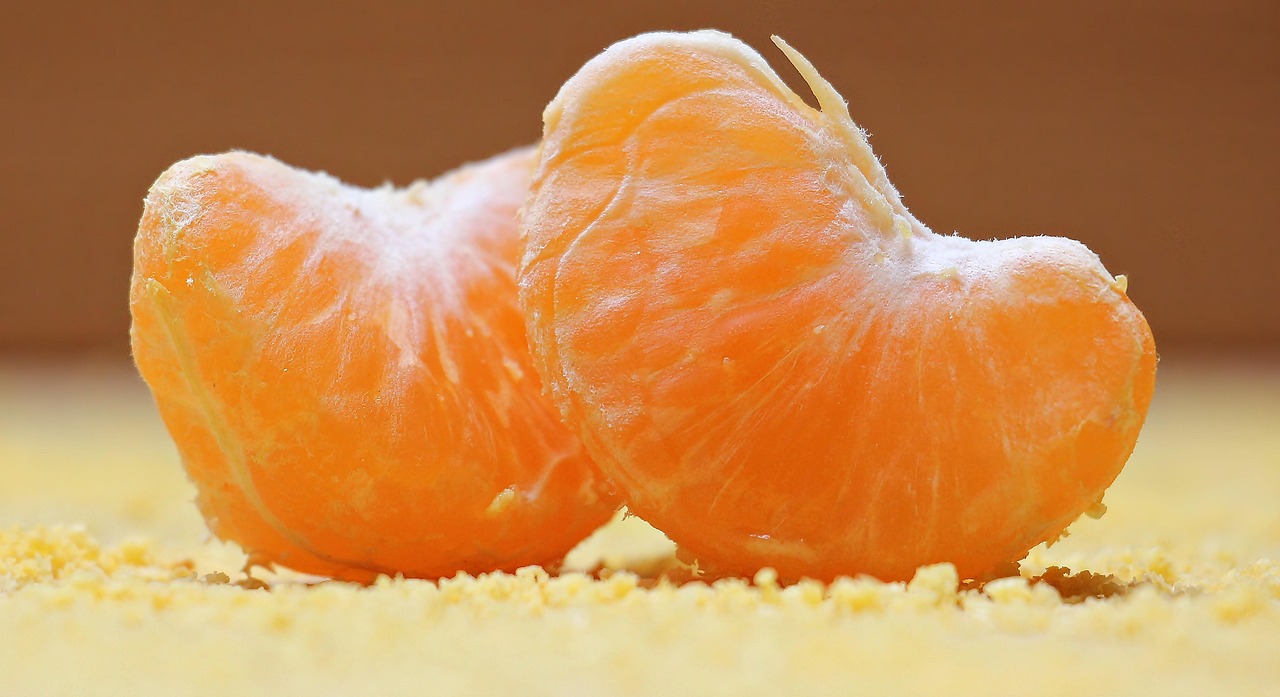
Ever wondered why orange slices are a staple at kids’ soccer games and high-end spas alike? This humble snack packs more than just a sweet-tangy punch—it’s a powerhouse of nutrition, a hydration booster, and a versatile ingredient. Whether you’re snacking, cooking, or looking for a natural energy boost, orange slices deserve a spot in your daily routine.
In this article, we’ll explore:
✅ The health benefits backed by science
✅ Creative ways to use orange slices (beyond snacking)
✅ Pro tips for selecting, storing, and serving them
✅ Unexpected uses in beauty and home hacks
Let’s peel back the layers and discover why orange slices are more than just a refreshing treat.
Why Orange Slices Are a Nutritional Powerhouse
Oranges are famous for their vitamin C content, but there’s much more beneath the peel. Here’s why nutritionists and athletes swear by them:
1. Immune-Boosting Vitamin C
A single medium orange provides 93% of your daily vitamin C needs (NIH), crucial for:
✔ Fighting colds and infections
✔ Collagen production for healthy skin
✔ Enhancing iron absorption
2. Hydration & Electrolyte Balance
With 87% water content, orange slices are a natural way to stay hydrated. They also contain potassium, helping regulate fluid balance and muscle function—perfect for post-workout recovery.
3. Fiber for Gut Health
The 3.1g of fiber per orange (USDA) aids digestion and keeps you full longer, making it a smart snack for weight management.
4. Antioxidants That Fight Inflammation
Oranges are rich in flavonoids like hesperidin, which studies link to reduced blood pressure and inflammation (Journal of Nutrition).
Beyond Snacking: 6 Creative Ways to Use Orange Slices
1. Upgrade Your Water
Add orange slices to:
✔ Infused water (with mint or cucumber)
✔ Iced tea for a citrusy twist
✔ Cocktails/mocktails (e.g., Aperol Spritz)
2. Sweet & Savory Recipes
✔ Salads: Toss with arugula, feta, and balsamic glaze
✔ Desserts: Bake into cakes or dry for homemade fruit chips
✔ Marinades: Mix with soy sauce, garlic, and ginger for grilled chicken
3. Natural Energy Booster
Skip sugary sports drinks—orange slices offer quick natural sugars + electrolytes, ideal for:
✔ Pre-workout fuel
✔ Midday slumps
4. DIY Beauty Treatments
✔ Face mask: Blend with yogurt for brightening
✔ Sugar scrub: Mix with coconut oil for exfoliation
5. Home Freshener
Simmer orange peels with cinnamon sticks for a chemical-free air freshener.
6. Kid-Friendly Fun
✔ Freeze slices for edible “popsicles”
✔ Use as cupcake toppers
How to Pick, Store & Serve Orange Slices Like a Pro
Choosing the Best Oranges
🔹 Navel oranges – Sweet, easy to peel (best for snacking)
🔹 Blood oranges – Tart, deep red flesh (great for juices)
🔹 Valencia oranges – Juicy, ideal for slicing
Look for:
✔ Firm, heavy fruit
✔ Bright, smooth skin (avoid green patches)
Storing for Freshness
✔ Whole oranges: Keep at room temp for a week or refrigerate for up to two.
✔ Sliced oranges: Store in an airtight container with a paper towel to absorb moisture (lasts 2–3 days).
Serving Tips
✔ Sprinkle with chili powder or tajín for a Mexican-inspired kick.
✔ Dip in dark chocolate for a healthy dessert.
The Bottom Line: Why You Should Keep Orange Slices Handy
Orange slices are more than just a snack—they’re a multipurpose superfood that boosts health, enhances recipes, and even simplifies home care. Whether you’re an athlete, a busy parent, or a cooking enthusiast, their versatility is unmatched.
Next time you grab an orange, slice it up—you might just discover a new favorite way to enjoy it!
Food And Drinks
No Sugar Added Cranberry Juice: A Healthier Choice or Just Hype?
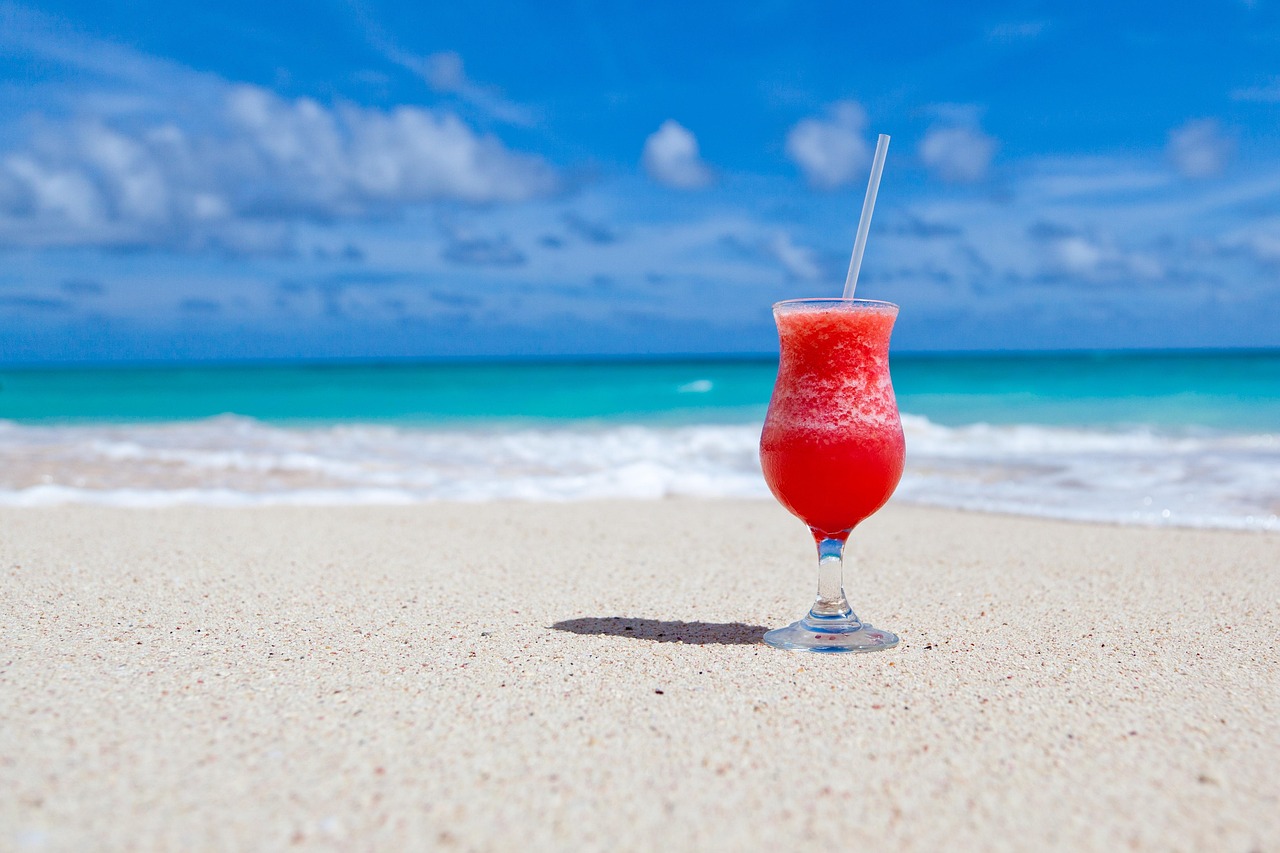
Introduction
You grab a bottle of cranberry juice, thinking it’s a healthy choice—only to find out it’s packed with added sugars. Sound familiar? Many cranberry juice brands market themselves as “natural” or “healthy,” but they’re often loaded with sweeteners to mask the fruit’s natural tartness.
Enter no sugar added cranberry juice—a cleaner, lower-calorie alternative. But is it really better for you? Does it still offer the same health benefits as traditional cranberry juice? Let’s dive into the facts, benefits, and potential drawbacks of this beverage to help you make an informed choice.
What Is No Sugar Added Cranberry Juice?
No sugar added cranberry juice is made purely from cranberries and water, without any extra sweeteners like sugar, high-fructose corn syrup, or artificial alternatives. Since cranberries are naturally tart, some brands may use small amounts of other fruit juices (like apple or grape) to balance the flavor, but the best options contain 100% pure cranberry juice.
How It Differs from Regular Cranberry Juice
| Feature | No Sugar Added Cranberry Juice | Regular Cranberry Juice |
|---|---|---|
| Sweeteners | None (or minimal natural juice blends) | Often contains sugar, corn syrup, or artificial sweeteners |
| Calories | Lower (around 30–40 per 8 oz) | Higher (100+ per 8 oz) |
| Taste | Very tart, may be an acquired taste | Sweeter, more palatable |
| Health Benefits | More concentrated antioxidants | May have diluted benefits due to added sugars |
Health Benefits of No Sugar Added Cranberry Juice
1. Rich in Antioxidants
Cranberries are packed with polyphenols, including flavonoids and proanthocyanidins, which help fight oxidative stress and inflammation. Studies suggest these compounds may reduce the risk of chronic diseases like heart disease and cancer.
2. Supports Urinary Tract Health
One of the most well-known benefits of cranberry juice is its ability to prevent UTIs. The proanthocyanidins in cranberries prevent bacteria like E. coli from sticking to the urinary tract walls.
3. May Improve Heart Health
Research shows that cranberry juice can help:
✔ Lower LDL (“bad”) cholesterol
✔ Improve blood pressure
✔ Enhance blood vessel function
4. Better Blood Sugar Control
Since no sugar added cranberry juice has a lower glycemic impact, it’s a smarter choice for diabetics or those watching their sugar intake.
5. Aids Digestion
Cranberries contain fiber and compounds that promote gut health by supporting beneficial bacteria.
Potential Downsides to Consider
1. Extremely Tart Taste
Pure cranberry juice is very sour, which can be off-putting for some. If you find it too harsh, try diluting it with water or mixing it with a splash of unsweetened apple juice.
2. Possible Stomach Upset
Due to its high acidity, drinking too much cranberry juice may cause:
-
Acid reflux
-
Stomach irritation
-
Diarrhea (if consumed in excess)
3. Not All “No Sugar Added” Juices Are Equal
Some brands sneak in fruit juice concentrates (like white grape juice), which still add sugar. Always check the label for 100% cranberry juice.
How to Choose the Best No Sugar Added Cranberry Juice
✔ Look for 100% Pure Cranberry Juice
Avoid anything labeled “cocktail” or “juice blend,” as these often contain added sugars.
✔ Check for Pasteurization
Unpasteurized (raw) cranberry juice may carry bacteria risks. Most store-bought options are pasteurized for safety.
✔ Opt for Organic (If Possible)
Organic cranberries reduce exposure to pesticides.
✔ Consider Concentrate vs. Not From Concentrate
-
Concentrate: More affordable, but may lose some nutrients during processing.
-
Not from concentrate: Fresher taste, but pricier.
Top Recommended Brands:
-
Lakewood Organic Pure Cranberry Juice (100% pure, no additives)
-
R.W. Knudsen Just Cranberry (no sugar added)
-
Ocean Spray Pure Unsweetened Cranberry Juice (widely available)
Ways to Enjoy No Sugar Added Cranberry Juice
If the taste is too intense, try these delicious and healthy alternatives:
1. Dilute with Water or Sparkling Water
A 1:1 ratio makes it more refreshing.
2. Mix into Smoothies
Blend with banana, spinach, and almond milk for a nutrient-packed drink.
3. Use in Cooking
-
Add to marinades for chicken or pork.
-
Make a tangy salad dressing with olive oil and herbs.
4. Make a Mocktail
Mix with soda water, lime, and fresh mint for a sugar-free cranberry spritzer.
Final Verdict: Is No Sugar Added Cranberry Juice Worth It?
If you’re looking for a low-sugar, antioxidant-rich beverage, no sugar added cranberry juice is an excellent choice—just be prepared for its bold tartness. It offers real health benefits without the empty calories of sugary juices.
Best for:
✔ Health-conscious individuals
✔ Those managing diabetes or heart health
✔ Anyone seeking natural UTI prevention
Not ideal for:
✖ People who dislike sour flavors
✖ Those with acid sensitivity
Food And Drinks
Can You Refreeze Shrimp? Safe Way to Handle Frozen Seafood
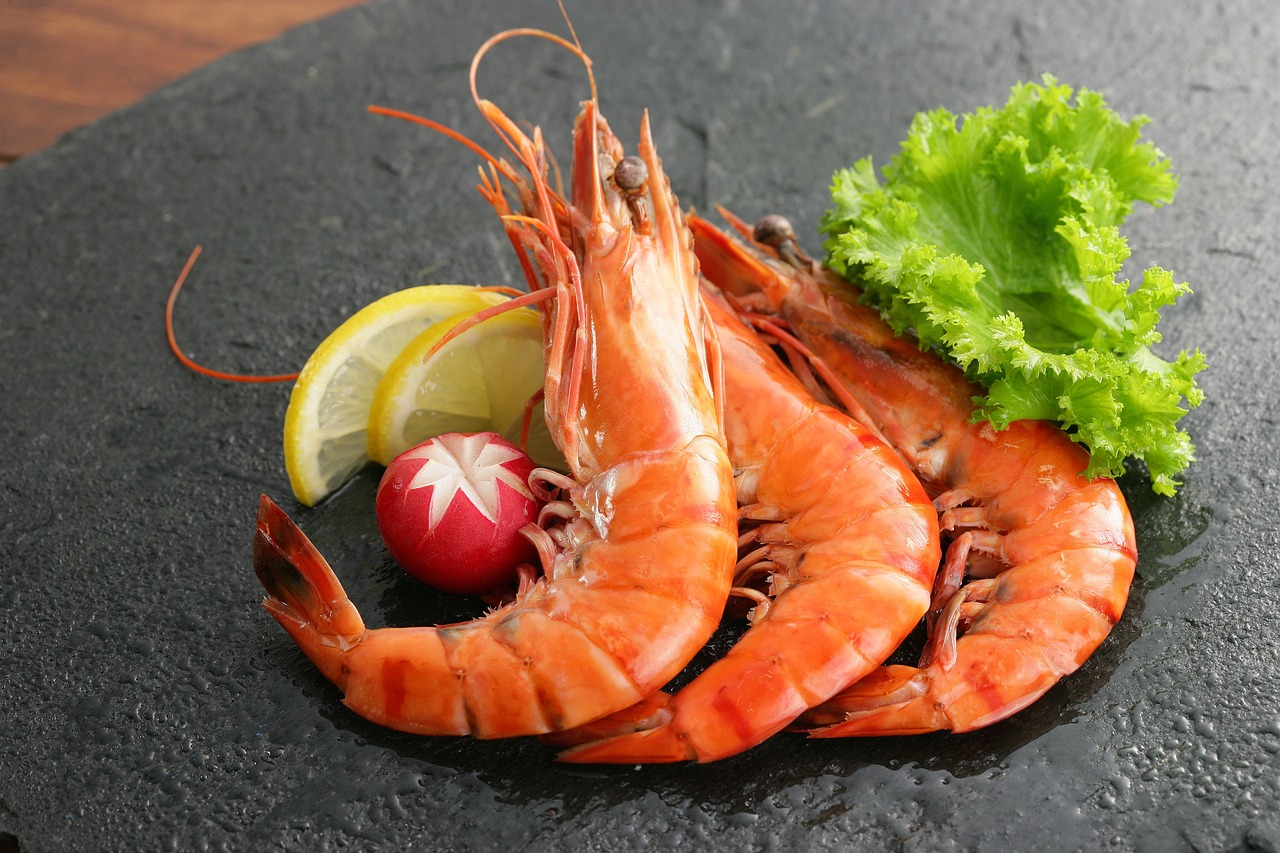
Have you ever thawed a batch of shrimp for dinner, only to change your meal plans last minute? Suddenly, you’re left wondering: Can you refreeze shrimp? The answer isn’t as simple as yes or no—it depends on how you thawed and stored them.
Shrimp is a delicate seafood that can spoil quickly if mishandled. Refreezing it improperly can lead to texture changes, flavor loss, and even foodborne illnesses. But with the right techniques, you can safely refreeze shrimp without compromising quality.
In this guide, we’ll break down the science behind freezing shrimp, expert-backed safety tips, and best practices to keep your seafood fresh.
The Short Answer: Can You Refreeze Shrimp?
Yes, but only if thawed properly in the refrigerator. If shrimp were thawed at room temperature or in warm water, refreezing them is risky due to bacterial growth.
When Refreezing Shrimp Is Safe:
✅ Thawed in the fridge (below 40°F / 4°C)
✅ Never left out for more than 2 hours (or 1 hour in hot environments)
✅ Still firm, odorless, and not slimy
When You Should NOT Refreeze Shrimp:
❌ Thawed on the counter or in warm water
❌ Left out for too long (risk of bacteria like Salmonella or Listeria)
❌ Already cooked and sitting in the fridge for days
Why Proper Thawing Matters Before Refreezing
Bacteria multiply rapidly between 40°F and 140°F (4°C–60°C)—the “danger zone.” If shrimp sit in this temperature range too long, toxins form that cooking won’t always destroy.
Safe Thawing Methods:
-
Refrigerator Thawing (Best for Refreezing)
-
Place frozen shrimp in a sealed container or bag.
-
Thaw in the fridge for 12–24 hours (depending on size).
-
Once thawed, refreeze within 1–2 days if unused.
-
-
Cold Water Thawing (Use Immediately, Don’t Refreeze)
-
Submerge shrimp in a sealed bag under cold running water.
-
Cook immediately—do not refreeze.
-
-
Microwave Thawing (Cook Immediately, Don’t Refreeze)
-
Use the “defrost” setting, but cook right after.
-
Partial cooking during microwaving makes refreezing unsafe.
-
How Refreezing Affects Shrimp Quality
Even when done safely, refreezing can alter shrimp’s:
-
Texture: Repeated freezing breaks down cell walls, making shrimp mushy.
-
Flavor: Exposure to air causes freezer burn, leading to a bland taste.
-
Moisture: Ice crystals form, dehydrating the shrimp.
Tips to Maintain Quality When Refreezing:
✔ Use airtight, freezer-safe bags (remove excess air to prevent freezer burn).
✔ Label with dates (shrimp lasts 3–6 months in the freezer).
✔ Portion before freezing to avoid thawing more than needed.
Real-World Scenarios: Can You Refreeze Shrimp?
1. “I Thawed Shrimp in the Fridge but Didn’t Use Them”
✅ Safe to refreeze if they’ve been in the fridge for less than 2 days and show no signs of spoilage.
2. “I Left Shrimp on the Counter for 3 Hours”
❌ Do not refreeze—bacteria may have started growing. Cook immediately or discard.
3. “I Cooked Thawed Shrimp—Can I Freeze the Leftovers?”
✅ Yes! Cooked shrimp can be frozen for up to 3 months. Store in airtight containers with minimal liquid.
Expert-Backed Safety Tips for Handling Shrimp
The FDA and USDA recommend:
-
Never refreeze raw shrimp thawed outside the fridge.
-
Discard shrimp with:
-
A strong ammonia or sour smell
-
Slimy or discolored flesh
-
An off-putting texture
-
Chef’s tip: If unsure, cook and then freeze—heat kills bacteria, making cooked shrimp safer to refreeze.
Strong Conclusion: Smart Shrimp Storage = No Waste, No Risk
So, can you refreeze shrimp? Yes—if done right. The key is thawing safely in the fridge and refreezing quickly. If shrimp have been left out too long, it’s better to cook or toss them than risk food poisoning.
Key Takeaways:
✔ Refreeze only if thawed in the fridge.
✔ Never refreeze shrimp left at room temperature.
✔ Cooked shrimp freezes better than raw.
✔ When in doubt, follow the smell and texture test.
By following these guidelines, you’ll keep your shrimp dishes delicious and safe—every time. Next time your dinner plans change, you’ll know exactly what to do!
-

 Articles3 months ago
Articles3 months agoHow Many Times Can You Regrow Green Onions
-

 News10 months ago
News10 months agoUnderstanding HotLeaks: What You Need to Know
-
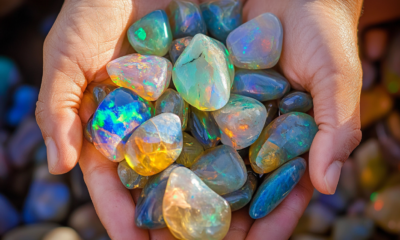
 Fashion7 months ago
Fashion7 months agoOpals in the USA: A Gemstone Transforming the Crystal Healing Market
-

 Technology1 year ago
Technology1 year agoThe Wonders of Oh Em Gee Blog
-

 Entertainment7 months ago
Entertainment7 months agoHow to Use Snaptik: A Complete Guide to Download TikTok Videos
-

 Entertainment1 year ago
Entertainment1 year agoBare it All: Unforgettable Skinny Dipping Stories Shared
-
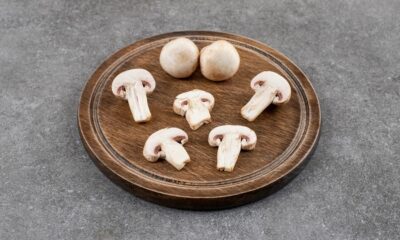
 Health1 year ago
Health1 year agoCan You Smoke Shrooms? Exploring the Myths and Realities
-

 Articles5 months ago
Articles5 months agoWHAT IS THE DIFFERENCE BETWEEN SEED GARLIC AND FOOD GARLIC?
